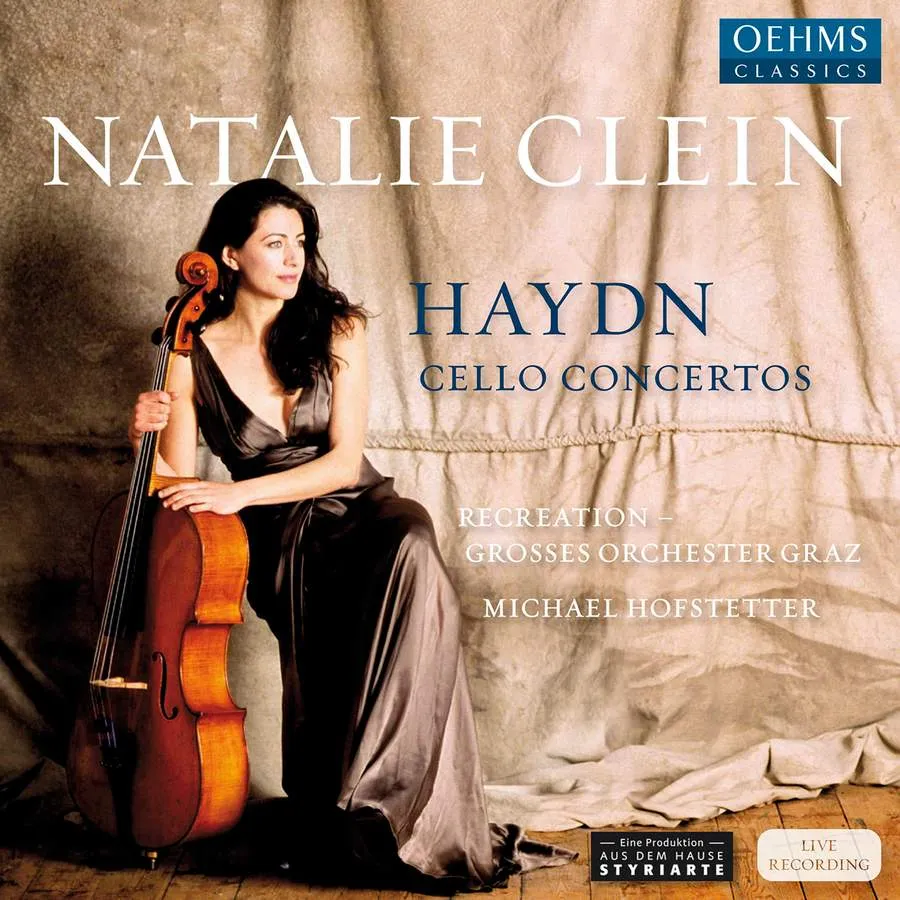
Haydn Cello Concerto in D major, Op. 101, Hob. VIIb:2; Cello Concerto No. 1 in C major, Hob. VIIb:1; Symphony No. 13 in D major – Adagio Cantabile Natalie Clein (cello); Recreation-Grosses Orchester Graz/Michael Hofstetter Oehms OC1895 56:53 mins
Unlike Mozart, Haydn seems to have been a no more than average string or keyboard player and the concerto form was less central to his output. But on at least two occasions he was evidently inspired by exceptional players to compose cello concertos – a genre Mozart never got around to. The early D major Concerto, premiered in 1765 when Haydn was 31, was composed for the cellist of the Esterházy Court Orchestra Josef Franz Weigl; the C major in 1783 for Weigl’s successor, Anton Kraft. Both players must have been real virtuosos for much of the solo writing remains demanding to this day.
The earlier work presents a mix of Baroque and galante manners, with a brisk, march-like first movement of strutting rhythms, resonant solo quadruple-stopped chords and high-flying figuration and a hustling moto perpetuo finale. The leisurely opening movement of the later work is laid out on an almost Mozartian scale, with a slow movement like a Haydn middle-period symphony and an elegant moderato gigue as finale. Natalie Clein’s impetuous virtuosity and sensitively moulded phrasing with a subtle feeling for Classical rubato, on her gut-stringed 1777 Guadagnini cello, make the very most of the many-changing modes and moods of these two works – and of the ornately wandering cello obligato of the slow movement of Haydn’s Symphony No 13, included as filler.
Michael Hofstetter’s modern-instrument orchestra responds with crispness and warmth, and these live performances in the Stefaniensaal, Graz are recorded with almost startling presence by Oehms. A real pleasure.
Bayan Northcott